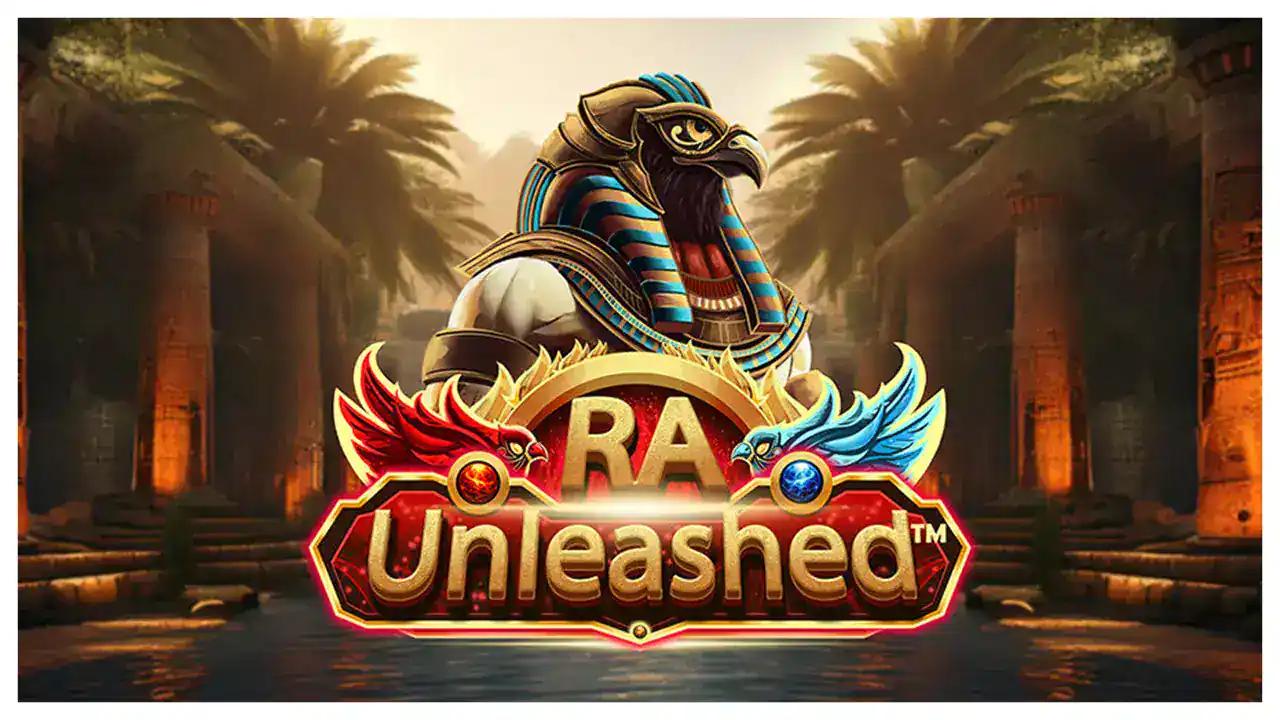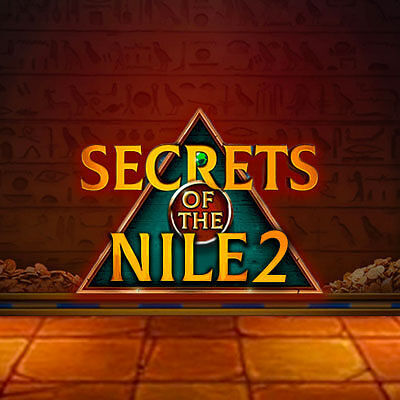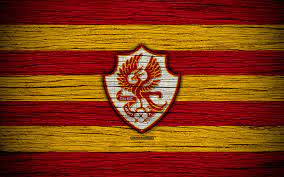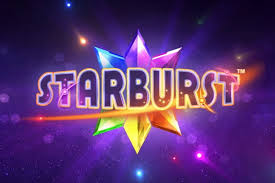Central to the allure of Diablo III are its diverse character classes, each offering a unique gameplay experience and opportunities for customization. Character Classes and Customization
Overview of the Character Classes
Diablo III features seven distinct character classes, each with its unique abilities, strengths, and weaknesses.
From the agile Demon Hunter to the brute-force Barbarian, players can choose a class that resonates with their individual playstyle. What sets these classes apart is not only their skill sets but also their thematic elements. The Witch Doctor harnesses the power of voodoo, summoning spirits to aid in battle, while the Monk embodies martial prowess and spiritual balance.
Each class feels distinct, creating an engaging experience as players explore the intricacies of their chosen character. This diversity encourages experimentation, as players can switch classes to learn new skills and approaches to combat.
Skill Trees and Customization Options
Customization is a vital aspect of Diablo III, allowing players to tailor their character’s abilities to suit their preferences.
The skill tree system lets players invest points in their preferred skills, unlocking powerful abilities as they level up. This flexibility grants players the freedom to create unique builds, enhancing replayability and strategic depth.
Additionally, the introduction of runes adds another layer to customization. Runes modify skills, adding effects like increased damage or altered mechanics, enabling players to fine-tune their abilities for specific encounters or playstyles. As players experiment with different combinations, they gain insight into the strengths and weaknesses of their builds, fostering a sense of ownership over their character.
In my experience, the customization options in Diablo III contribute significantly to the ABC8 game’s longevity. Each session feels fresh as players adapt their strategies based on evolving challenges.
Seasonal Content and Paragon Levels
One of the most exciting features of Diablo III is its seasonal content, which introduces new challenges and rewards periodically.
During each season, players can create new characters and engage in exclusive quests, unlocking unique cosmetics and powerful items. This cyclical nature of seasons keeps the community active and engaged, as players continually strive for mastery of the game.
Paragon Levels further enhance character progression beyond the maximum level. Once players reach level 70, they can earn Paragon Points, allowing for additional customization and enhancements to their existing builds. This feature encourages players to continue playing and improving their characters, even after completing the main story.
From my perspective, the seasonal content and Paragon levels embody the spirit of Diablo III. They foster a sense of community and competition, as players come together to conquer new challenges and showcase their achievements.
The Thriving Community and Multiplayer Experience
Diablo III has cultivated a vibrant community of players, forming connections through shared experiences, competition, and camaraderie.
Co-op Play and Team Dynamics
The multiplayer experience in Diablo III is a defining feature that enhances the gameplay.
Players can team up with friends or join public games, battling through the dark world of Sanctuary together. The cooperative gameplay fosters teamwork as players synchronize their abilities and strategies to overcome challenging foes. This social aspect adds a layer of enjoyment, turning grinding sessions into memorable experiences.
What I find particularly appealing about co-op play is the synergy that arises when diverse characters come together. A well-balanced team that combines ranged and melee combat can tackle tougher challenges more effectively than solo players. The coordination required to execute tactics fosters a sense of unity, creating lasting friendships within the community.
Community Events and Competitions
Blizzard has consistently supported the Diablo III community through events, contests, and seasonal challenges.
These initiatives encourage players to engage with one another beyond the typical gameplay, fostering a healthy competitive spirit. Seasonal leaderboards allow players to show off their accomplishments and compete with others for top ranks.
Events such as the “Darkening of Tristram” celebrate the legacy of the franchise by revisiting classic content. This look back evokes nostalgia while introducing new players to the history of the Diablo series.
From my standpoint, these community events contribute significantly to the longevity of Diablo III. Players feel valued and engaged when developers recognize their dedication, leading to an enduring passion for the game.



